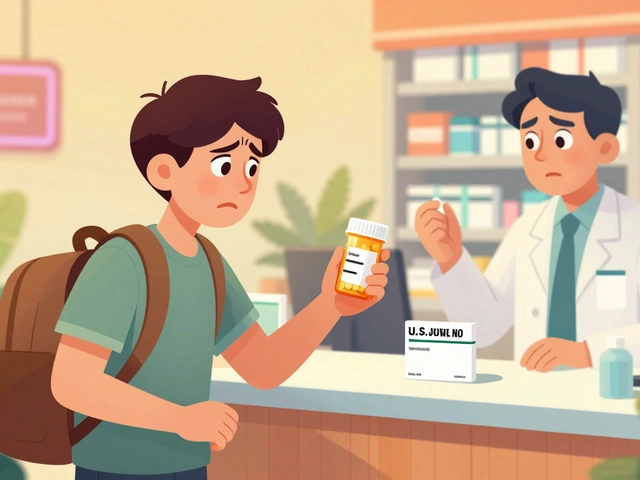Chromosome-Positive Lymphoblastic Leukemia Explained
When dealing with chromosome-positive lymphoblastic leukemia, a form of acute lymphoblastic leukemia (ALL) defined by the presence of specific chromosomal rearrangements, most often the BCR‑ABL1 fusion. Also known as Ph+ ALL, it accounts for a notable share of adult ALL cases and poses unique challenges for doctors and patients alike.
Key Genetic Marker: BCR‑ABL1 Fusion
The hallmark of this disease is the BCR‑ABL1 fusion gene, created when parts of chromosomes 9 and 22 swap places, producing a constantly active tyrosine kinase. This abnormal protein drives unchecked cell growth and is the primary reason why chromosome-positive leukemia behaves differently from other ALL subtypes.
Because the fusion directly powers the cancer, detecting it is essential. Cytogenetic testing, including FISH and PCR assays, quickly reveals the presence of the BCR‑ABL1 rearrangement and informs every next step—from risk stratification to treatment choice.
Once the genetic abnormality is confirmed, therapy jumps to the next level: tyrosine kinase inhibitors, drugs like imatinib, dasatinib, and ponatinib that specifically block the BCR‑ABL1 enzyme. Combining TKIs with conventional chemotherapy has turned a historically fatal disease into a manageable condition for many patients.
Age matters, too. Pediatric patients often tolerate intensive regimens better, while older adults may need modified dosing or alternative TKIs to balance efficacy and safety. Understanding how the disease interacts with a patient's overall health guides doctors in crafting personalized plans.
Research keeps pushing the envelope—new generations of TKIs, antibody‑drug conjugates, and CAR‑T cell approaches are all being tested. Staying current on these advances helps clinicians choose the most effective, least toxic options for each case.
Below you’ll find a curated set of articles that break down everything from drug comparisons to practical buying guides, all relevant to managing chromosome-positive lymphoblastic leukemia and its associated treatments. Dive in to get the latest practical insights.
Learn how clinical trials accelerate new treatments for chromosome‑positive lymphoblastic leukemia, from trial phases and recent breakthroughs to enrollment tips and future therapies.



